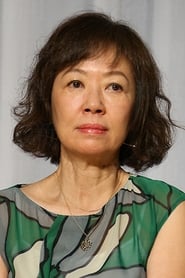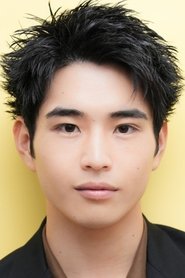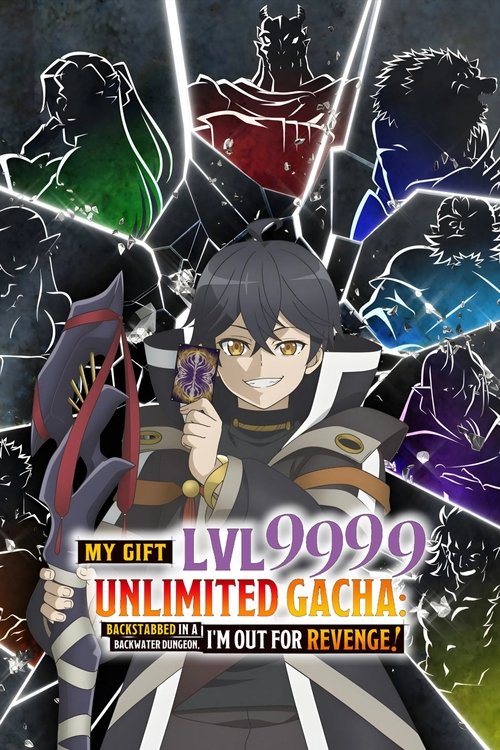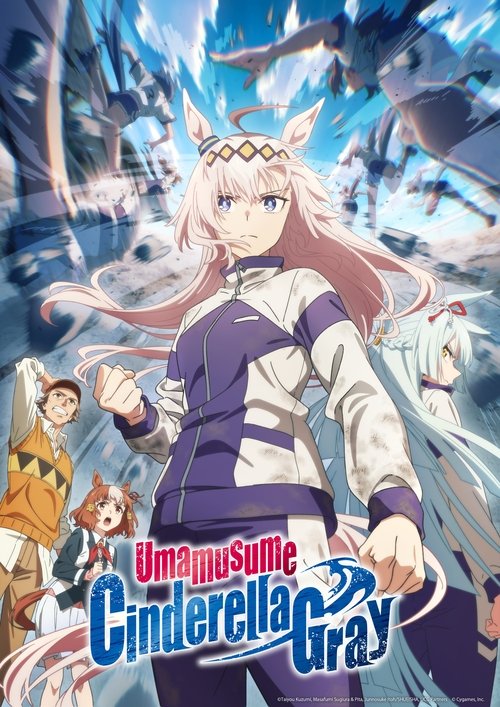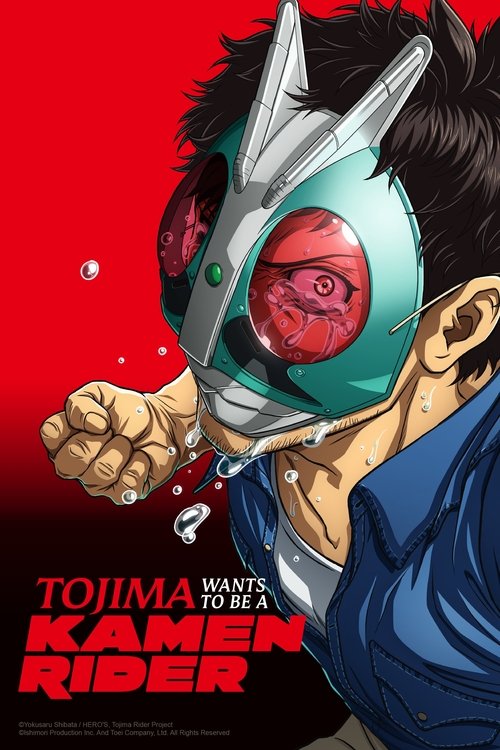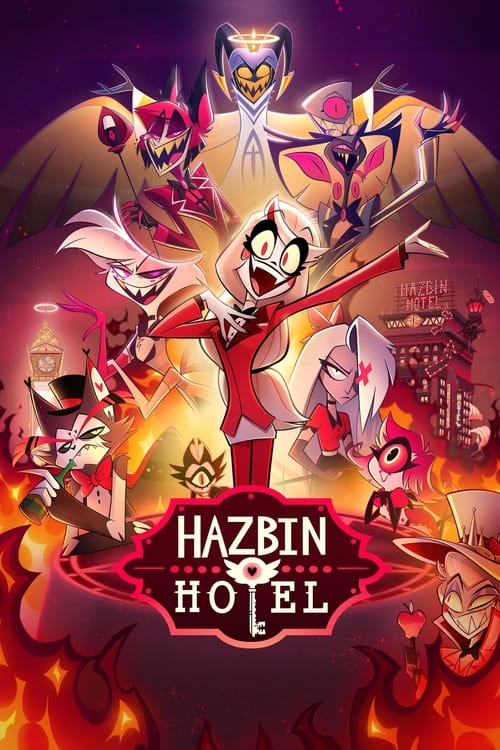
Ask Your Own Question
What is the plot?
In Episode 6 of Anpan Season 1, the story begins with Nobu Asada facing a critical moment in her life as she is hospitalized. The episode opens with Nobu in a hospital room, visibly weak and uncertain about her future. Takashi Yanase, her husband, arrives and opens the door to her room, his heart filled with emotion upon seeing her smile despite her condition.
Nobu expresses her concern to Takashi, quietly asking if everything will be okay without her, revealing her fear that she might not be able to see the cherry blossoms this year. Takashi immediately denies this possibility, reassuring her with a firm and loving embrace, showing his determination to support her through her recovery.
The episode then shifts to flashbacks and reflections on their shared past struggles, highlighting how Nobu and Takashi, once nobodies, overcame numerous hardships together. These sequences emphasize their deep bond and mutual support, which have been central to their journey toward creating the beloved character Anpanman.
As Nobu recovers and prepares to leave the hospital, the couple discusses their future and the legacy they hope to leave behind. Nobu smiles brightly and tells Takashi that he is her Anpanman, symbolizing her view of him as a hero and source of strength.
The episode closes with a poignant scene of Takashi and Nobu embracing, surrounded by the imagery of cherry blossoms, symbolizing hope, renewal, and the enduring power of love and courage that defines their story.
This detailed progression captures the emotional core and key decisions of Episode 6, focusing on Nobu's health crisis, Takashi's unwavering support, and their shared commitment to their dreams and each other.
Related Titles
Browse All Titles →
What is the ending?
In the final moments of Anpan Season 1, Episode 6, Takashi opens the door to Nobu's hospital room and is deeply moved to see her smiling. After Nobu is discharged, she expresses concern about Takashi's well-being and the coming cherry blossom season, but Takashi reassures her and embraces her. The episode closes with Nobu calling Takashi her "Anpanman," symbolizing their enduring love and partnership.
The ending unfolds with Takashi arriving at the hospital room where Nobu is recovering. As he opens the door, his heart fills with emotion upon seeing Nobu's bright smile, a stark contrast to the struggles they have endured. This moment is quiet but powerful, emphasizing the deep bond between them.
After Nobu is released from the hospital, the scene shifts to a tender conversation between the two. Nobu voices a worry that Takashi might not be able to see the cherry blossoms this year, hinting at her concern for his health or future. Takashi firmly denies this, showing his determination to continue living and supporting her. Unable to hold back his feelings, he embraces Nobu, conveying comfort and reassurance.
The narrative then highlights the legacy of their shared journey. Takashi's creation, Anpanman, has become a beloved hero to children across Japan, symbolizing hope and justice. Nobu's declaration that "Takashi is my Anpanman" encapsulates the emotional core of the story--their mutual support and love as a source of strength.
The final scenes are intimate, focusing almost exclusively on Nobu and Takashi, underscoring their relationship as the heart of the series. The episode ends with them walking together, bathed in soft light, suggesting a hopeful future despite past hardships. Nobu's fate is one of recovery and continued life, while Takashi remains her steadfast partner, both embodying resilience and love.
Thus, the ending portrays a quiet but profound reunion, emphasizing themes of enduring love, courage, and the power of personal connection amidst life's challenges.
Is there a post-credit scene?
For the TV show titled "Anpan," season 1, episode 6, produced in 2025, there is no specific information available in the search results about a post-credit scene for that particular episode. The detailed descriptions and emotional highlights pertain mostly to the final episode (episode 130) and some other episodes, but none mention a post-credit scene in episode 6 or any other early episode of season 1.
The final episode of "Anpan" does have a notable closing sequence involving Nobu reading Anpanman to children, a gathering with Taku, and a symbolic scene with a cloud shaped like Anpanman in the sky, but this is part of the main ending, not a post-credit scene.
Therefore, based on the available information, episode 6 of season 1 does not have a post-credit scene.
What are the five most popular questions people ask about Anpan Season 1 Episode 6 that focus on specific plot elements or characters, excluding general or thematic questions?
- How does Kusakichi's Anpan affect the Asada family in Episode 6? 2. What role does Hatako play in the events of Episode 6? 3. How do the relationships between Takashi Yanai and Nobu Asada develop in this episode? 4. What challenges or conflicts do the Asada family face in Episode 6? 5. How does the historical setting around the Showa era influence the characters' actions and decisions in this episode?
Is this family friendly?
I don't have access to specific plot details or content warnings for Episode 6 of Anpan Season 1. The search results provide general information about the series being inspired by the life of Takashi Yanase and his wife Nobu, and note that it aired as an NHK morning drama series, but they don't contain detailed episode-by-episode content information or parental guidance specifics.
What I can tell you is that Anpan is an NHK Asadora (morning drama) series that aired weekday mornings, which typically indicates family-oriented programming. The series deals with themes from the Showa era and wartime Japan, which means the overall narrative involves historical elements related to war and its aftermath. However, without access to Episode 6's specific content, I cannot provide an accurate list of potentially objectionable scenes or aspects for that particular episode.
For detailed content warnings about Episode 6 specifically, I'd recommend checking Japanese parental guidance resources, NHK's official episode descriptions, or fan communities that may have documented content concerns for individual episodes.









